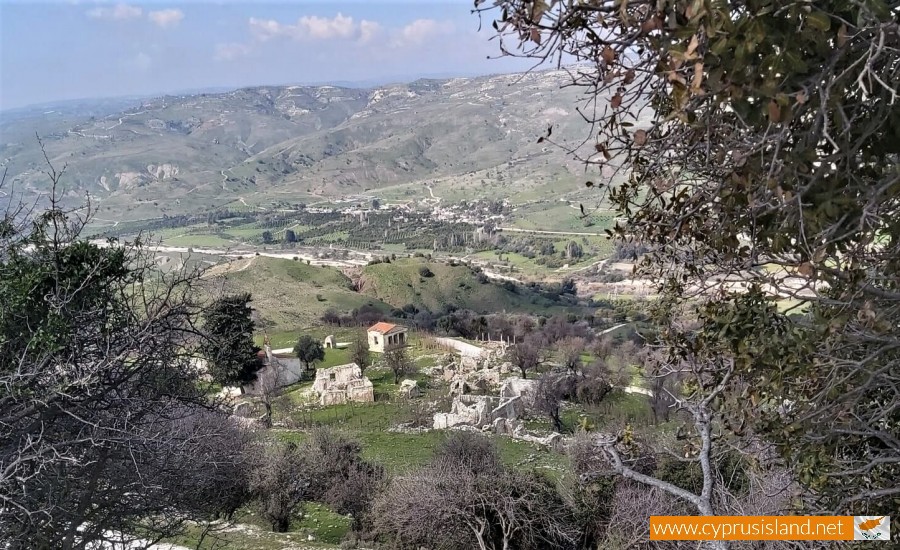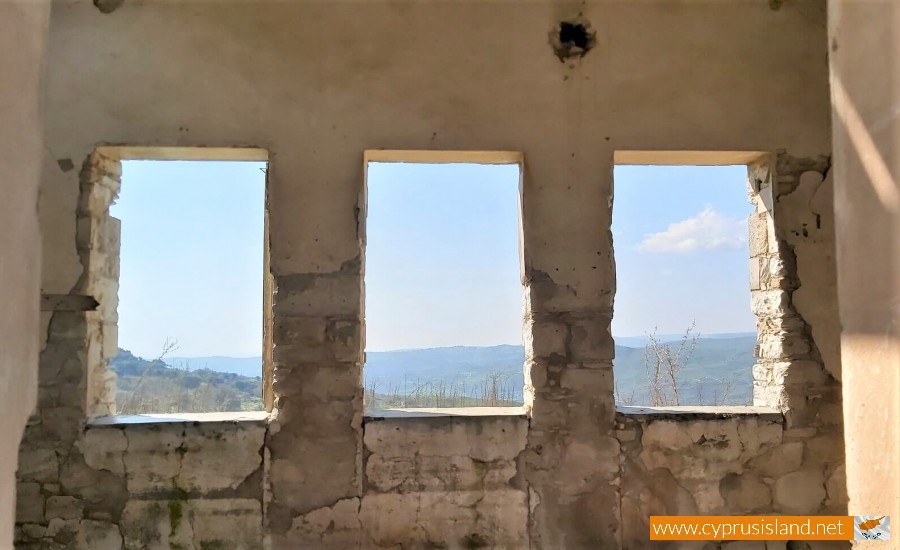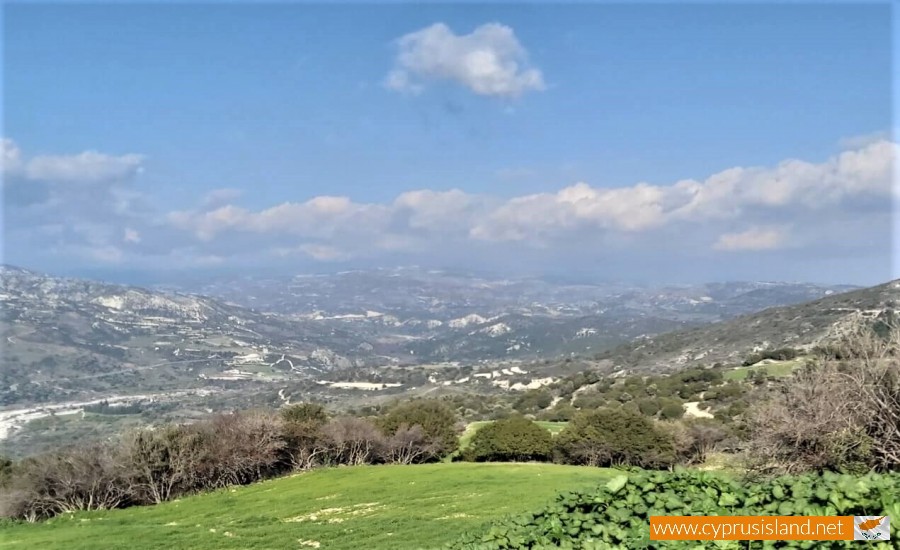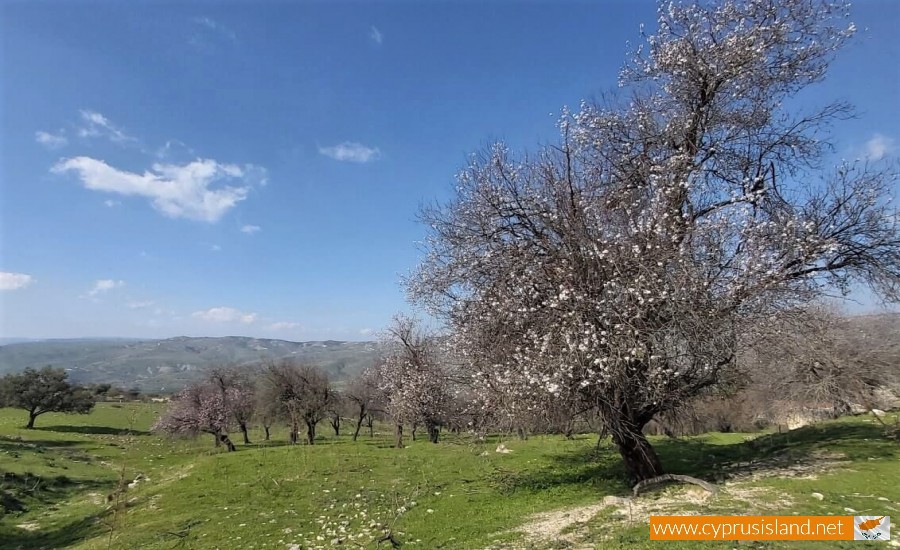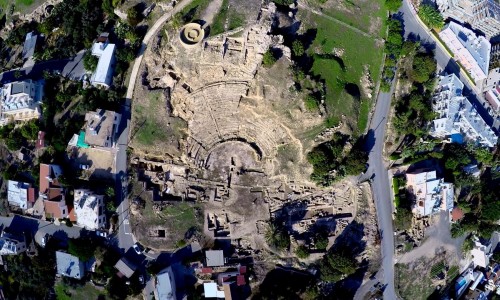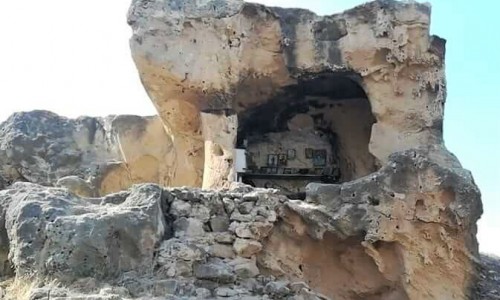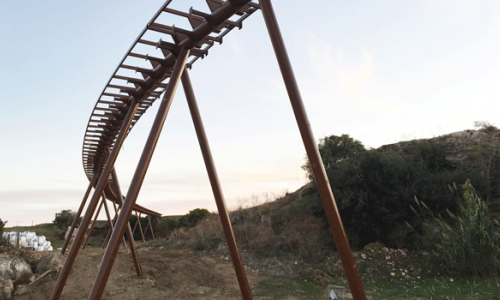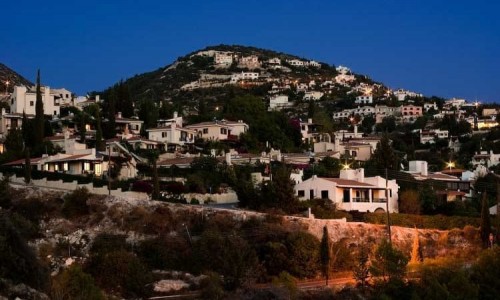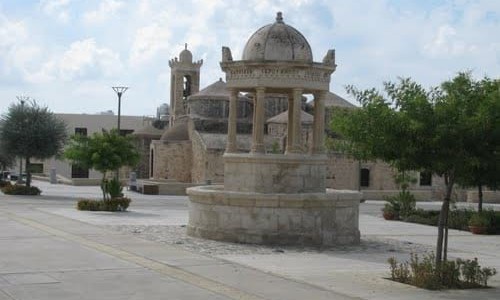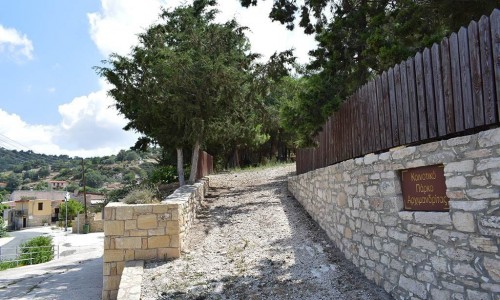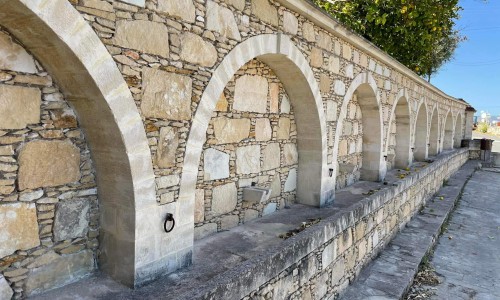Maronas Village
Hidden high in the hills above Paphos, Maronas lies abandoned yet deeply alive—with its silent stone houses, scattered olive trees, and the echo of a once-thriving community now reclaimed by nature. Walking through this forsaken village is like entering someone’s dream of the past—intimate, unfiltered, and profoundly moving.
Situated about 34 kilometers east of Paphos and nestled near Archimandrita, Maronas perches around 370–400 meters above sea level. Its mountain terraces and valley views invite discovery—and an understanding that this place, once home to families, is now both monument and ghost.
From Faith to Farewell
The name Maronas likely honors Saint Maron, the early Christian ascetic. Some narratives suggest it was once populated by Maronite Christians, or perhaps the name stems from a mythical Thracian priest. Regardless, the village boasts deeper roots—it served as part of the medieval Knights’ estates, hosted a prominent monastery, and later became a diverse community during Ottoman rule.
As Cyprus moved through tumultuous decades in the mid-20th century, Maronas became increasingly deserted. Intercommunal tension forced many inhabitants to flee in the 1960s—leaving behind homes, artifacts, and a mosque built around 1900 that still stands today, damaged but dignified. By the mid-1970s, even these echoes had slipped away.
A Village Reclaimed by Silence and Green
Today, Maronas is an abandoned landscape where nature and memory overlap. Wildflowers find footholds in crumbling walls. Olive trees stand sentinel beside collapsed homes. Goats graze through empty courtyards, and the air carries only wind and birdsong. Where laughter once echoed, now only rustling reed and soft light guide another kind of presence.
You might chance upon homes repurposed as sheep barns, or stone doors and window frames reused by shepherds. Yet much remains untouched—offering a raw, poignant tableau of gradual decay.
For Those Who Seek Quiet Remembrances
Maronas is for:
- Walkers and hikers exploring abandoned trails steeped in history
- Photographers and artists drawn to raw textures and golden light
- History quiet-lovers intrigued by human stories echoed in old stones
- Mindful explorers who find solace not in discovery, but in reflection
It’s not for travelers seeking amenities or excitement. Instead, Maronas rewards those with patience and reverence—for a place where the past lingers beyond its last human presence.
Visiting Tips
- Wear sturdy footwear; the village has uneven ground and loose stones.
- Bring water, a notebook, or a camera—resources are absent but stillness is present.
- Go during golden hour—sunrise or late afternoon light brings its haunting beauty alive.
- Approach softly and respectfully—this place is a memory, not a theme park.
Maronas isn’t haunted—it’s preserved. Every cracked wall, every silent street, every overgrown garden feels like a memory made physical. It doesn’t demand our attention, but it aligns it to something deeper—the inevitability of time and the quiet stories of places once full of life.
Visit, and you trace not just ruins, but the strength of memory itself.


